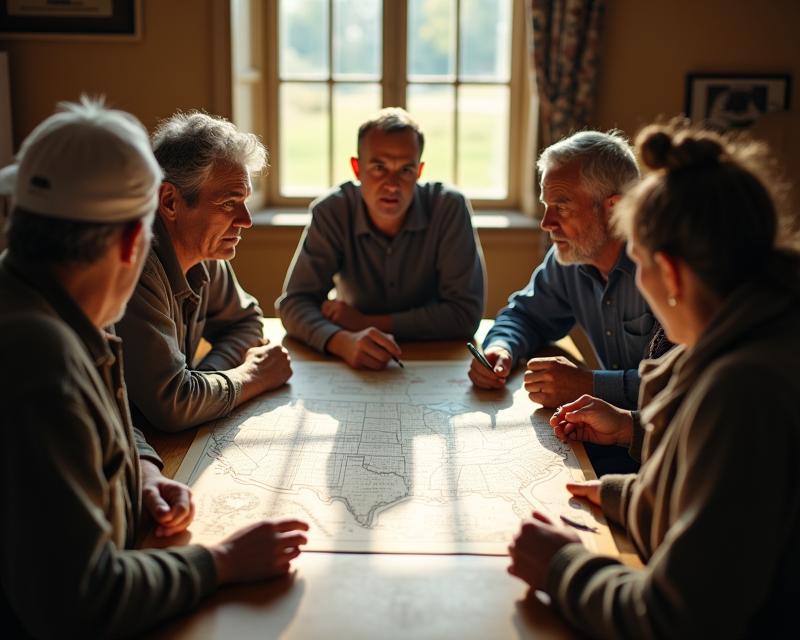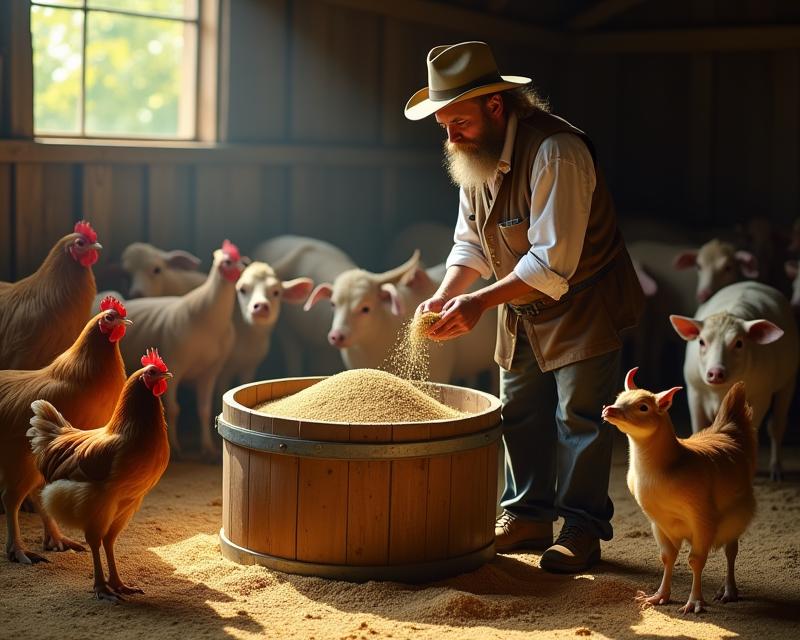CSA: Farm Share - Pros & Cons
Publish in Farm Business el 28/06/2025 22:30
CSA: Farm Share - Pros & Cons
Community Supported Agriculture (CSA) has become increasingly popular, offering a direct link between farmers and consumers. But is it the right model for every farm? Let's delve into the advantages and disadvantages of CSA programs, exploring what makes them a rewarding venture and where potential challenges lie.

The Upsides of CSA
One of the biggest draws of CSA is the guaranteed income it provides to farmers at the beginning of the growing season. Members purchase shares upfront, offering financial stability to cover initial expenses like seeds, fertilizer, and equipment maintenance. This upfront capital allows farmers to plan their planting and operations with greater confidence. Furthermore, CSAs foster a strong sense of community. Members become invested in the farm's success, often participating in farm events and gaining a deeper understanding of where their food comes from. This direct connection builds customer loyalty and provides valuable feedback on what crops to grow.
Challenges to Consider
While beneficial, CSAs aren't without their hurdles. A significant challenge is the risk of crop failure. If weather conditions are unfavorable, or pests decimate a crop, farmers may struggle to fulfill their share commitments. This can lead to disappointed members and potential financial strain. Managing a CSA also requires considerable time and effort. Farmers need to carefully plan shares, manage distribution, and communicate effectively with members. Dealing with member preferences and dietary restrictions can add complexity to the operation. Finally, the upfront capital received may not always be sufficient to cover all expenses, especially in years with high input costs.
Making CSA Work
Successful CSA programs require careful planning and execution. Diversifying crops can mitigate the risk of widespread crop failure. Offering flexible share options, such as different sizes or add-ons, can cater to a wider range of customers. Building strong communication channels with members is crucial for managing expectations and addressing concerns. And finally, having a contingency plan in place for potential crop shortages is essential for maintaining member satisfaction. Ultimately, a well-managed CSA can be a win-win for both farmers and consumers, fostering a more sustainable and resilient food system.





